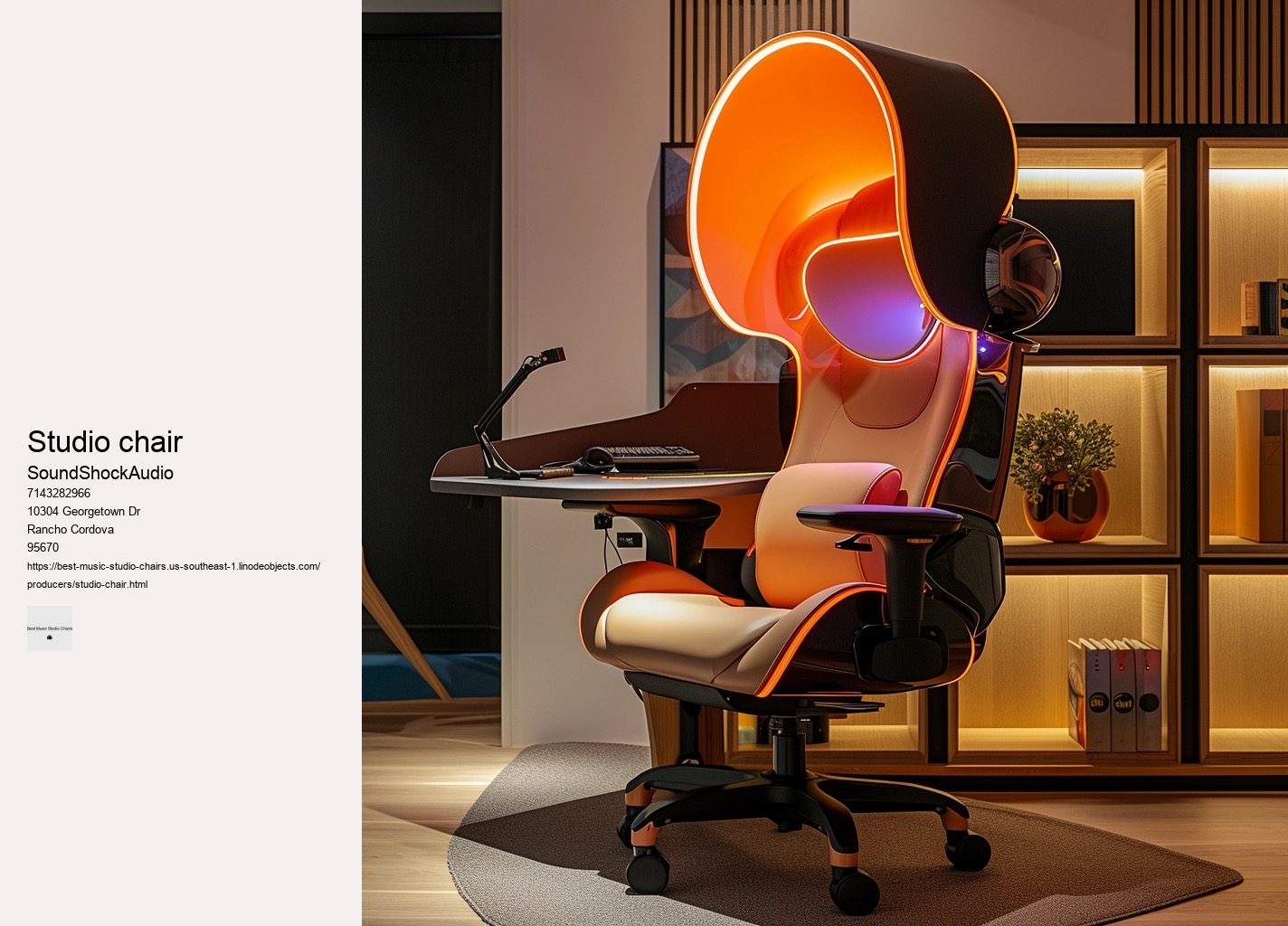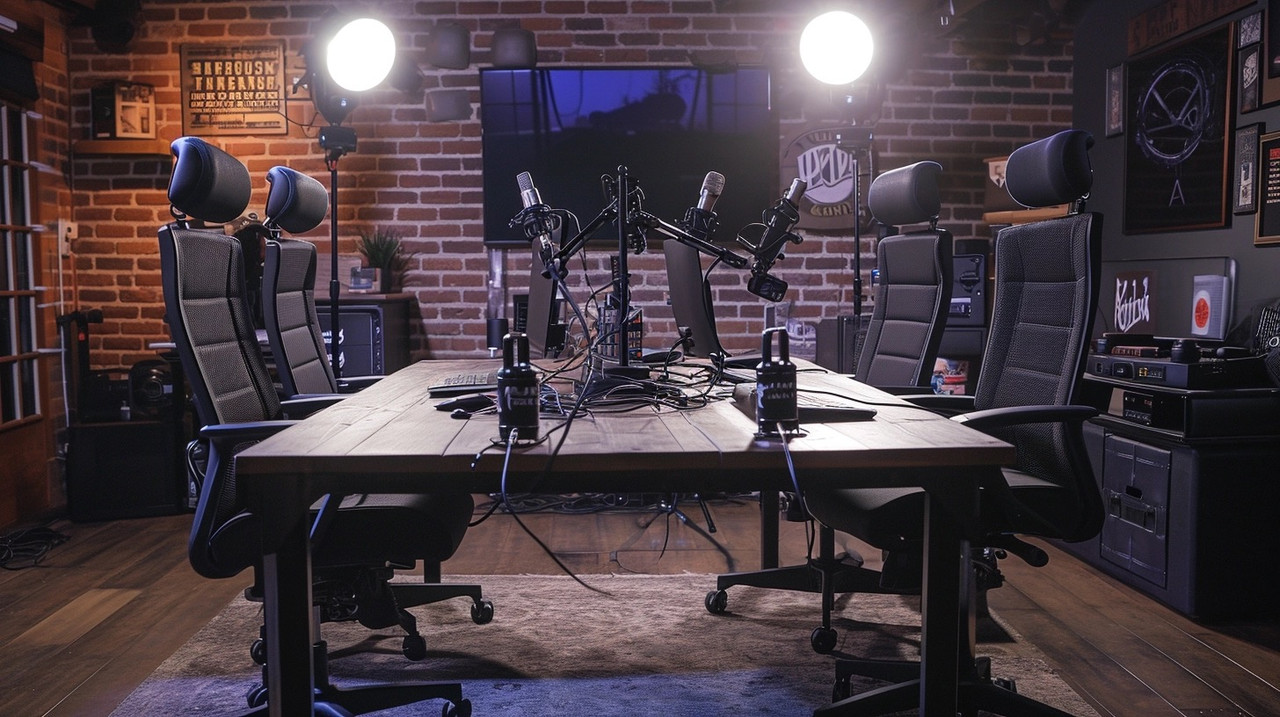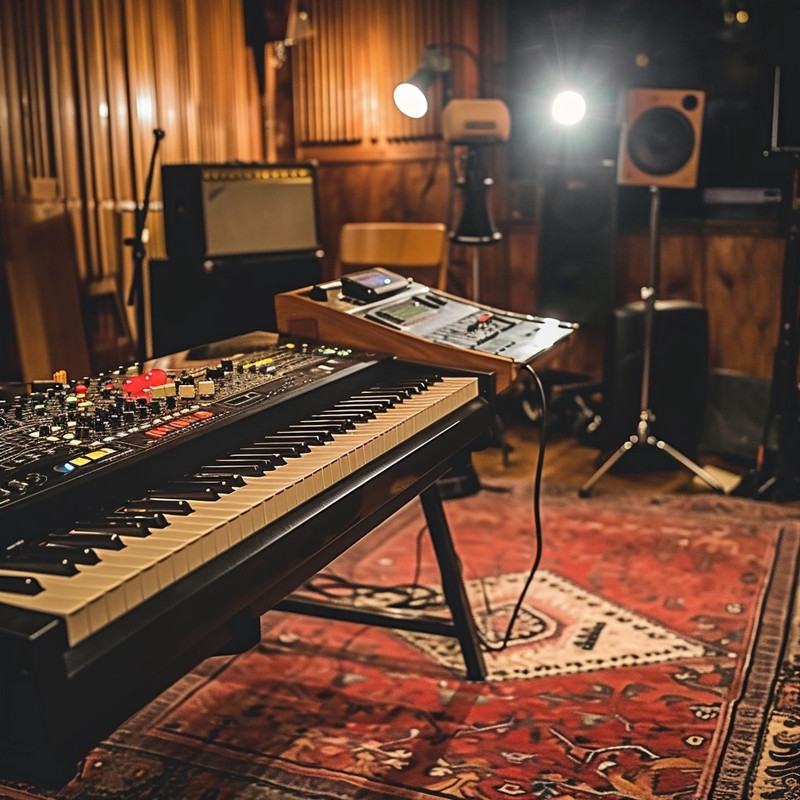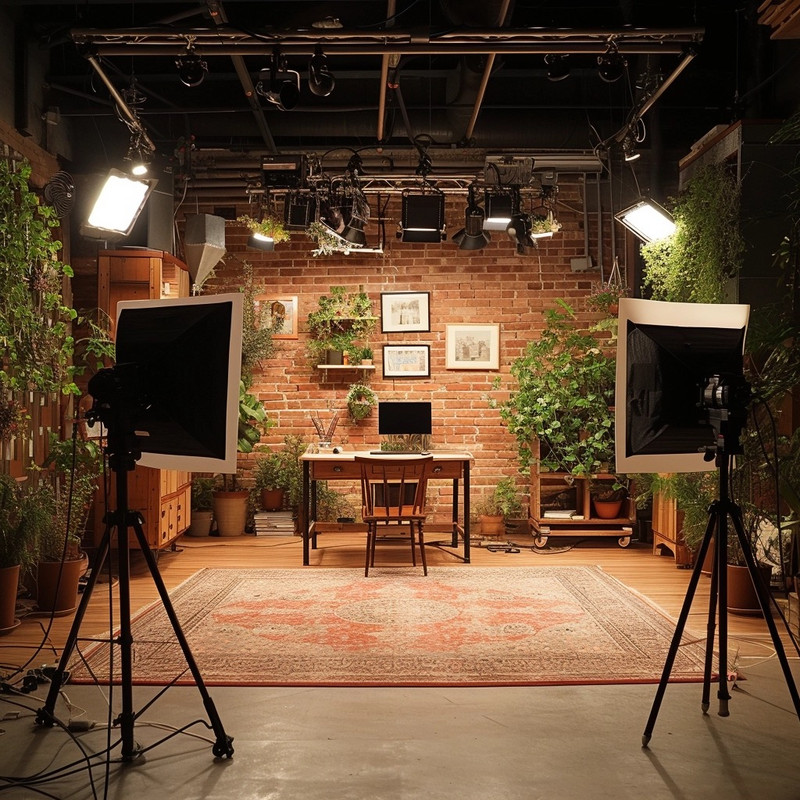

Incorporating standing desks or sit-stand workstations into one’s environment offers another layer of protection against the perils of sedentary behavior. This breathability helps to regulate temperature, preventing the chair from becoming too warm after prolonged sitting—a common complaint with many padded chairs. At first glance, one might consider a studio chair simply as a vessel for seated support during long hours of work. Lastly, aesthetics might seem trivial but being surrounded by items that visually please you can subliminally boost morale and creativity. This offers mobility and flexibility, letting you glide across your studio space without missing a beat.
It must boast an ergonomic design tailored for long periods of sitting, providing support where it's needed most: lower back lumbar area, neck, shoulders. In selecting such a throne of thoughtfulness, one must prioritize features that may initially seem inconsequential yet play pivotal roles in sustaining creative flow. Fourthly, note the height of creativity—or rather, the height adjustment of your chair. As such, they invest in high-quality chairs engineered specifically to address the demands of their profession.
Adjustability is another key factor. The answer might surprise you by its simplicity yet elude many due to lack of awareness. Among these titans of seating, one finds lumbar supports singing in harmony with spines bent over mixing consoles. Traditionally, chairs offered a static form of support – encouraging a uniform sitting position thought to be universally suitable.
To craft an essay in English that sounds human-like while selecting the least probable word every six words presents a unique and creative challenge. Educational initiatives about proper seating ergonomics should be commonplace in offices as well as other settings where people tend to sit for extended durations. Another outstanding option is the Steelcase Leap Chair. Therefore, it becomes imperative for musicians to find seating that resonates with their body's needs as much as they resonate with their music.
Imagine a chair designed with the precision of a finely tuned instrument—a seat that harmonizes with your body’s movements as seamlessly as a maestro conducts his orchestra. Firstly, consider the nature of movement — or rather, the lack thereof. Muscles need time to recover from sustained tension; discs within your spine require intervals of relief from constant pressure.
Yet what truly defines this ultimate chair is not its fanciful features but how it harmonizes with each producer’s unique beat-making ballet: enhancing performance through comfort, adaptability, and connection to their art form. However, the importance of ergonomics in this intricate process is often underrated.
Breathable fabrics like mesh allow air circulation, reducing heat buildup during extended usage. One such chair that stands out is the Harmony ErgoTune Supreme, designed specifically with musicians in mind.
Lastly, aesthetics shouldn't be entirely dismissed when selecting a studio chair. Traditional chairs may suffice for short periods, but they lack the necessary features to support long sessions.
Ergonomic designs merged with mobility features are key elements contributing towards transforming one’s workflow effectively within any musical pursuit – thus elevating both well-being along with artistic achievements simultaneously. Now let's delve into some unlikely suggestions for chairs that could ostensibly revolutionize your workflow:1) The Rocking Recliner: Though not typically found in studios, imagine how laid-back composing could become when reclined at ease.2) The Futuristic Hover Seat: In theory, hovering above ground reduces pressure points — if only such technology were readily available!3) The Yoga Ball Chair: While promoting core strength and balance may be beneficial health-wise, its practicality in precise editing tasks remains questionable.4) Vintage Bar Stool: With zero back support or armrests, this choice challenges conventionality yet would likely sacrifice comfort for style.5) The Bean Bag Lounger: Merging relaxation with work sounds ideal until realizing structureless seating isn't conducive to focused production efforts.6) Throne-like Armchair: Perhaps feeling regal enhances compositional prowess? Yet delve deeper into its design elements, and you'll find that each curve, texture, and material choice speaks volumes about the ethos it carries. Alternatively, memory foam padding can offer additional pressure relief and custom comfort that adjusts as you move.
What sets it apart further is its environmentally conscious construction. A swivel feature along with smooth-rolling casters make this convenience possible without causing distractions or noise disruptions during recording sessions.


It distributes weight evenly which reduces pressure points and provides support precisely where it is needed. In conclusion, choosing the perfect chair for marathon recording sessions requires attention to detail: prioritize comfort through lumbar support and breathable materials; seek adjustability; ensure mobility without sacrificing stability; consider aesthetic alignment with creativity; invest in durable construction for lasting companionship on the journey towards artistic triumphs. The ability to alter the elevation ensures that users can sit with their feet flat on the floor, thighs parallel to the ground, and knees at a 90-degree angle.
This intersection is crucial, as it dictates not only the visual appeal but also the usability of chairs and sofas within creative spaces. The armrests should allow your shoulders to relax without slouching.2.
For artists, writers, designers, or any individual deeply engrossed in the creative process, an ideal studio chair serves as a steadfast companion through hours of introspection and imagination. These elements are crucial in determining how well a chair stands up to constant wear and tear.
In conclusion, while there might not be a universally acclaimed 'top-rated' chair due to individual preferences and needs varying greatly amongst musicians, chairs that prioritize ergonomics and posture like the Harmony ErgoTune Supreme are highly regarded in musical circles. For professionals embarking on long sessions within their studios, a chair is not merely a place to sit; it is a tool that can either enhance or diminish one's productivity and well-being.
As ergonomic research continues pushing boundaries alongside technological innovations in materials engineering; studio chair designs will undoubtedly evolve even further—making today's game-changing features tomorrow's standards. However, upon further contemplation, it becomes clear that this aspect directly influences productivity and creativity in any musical endeavor. The industry's leading seats undergo extensive trials where they are pummeled with weights and exposed to conditions mimicking decadal wear within mere days.
In addition to ergonomic advantages, durability must not be overlooked when selecting an optimal studio chair—the constant swiveling and movement necessitate robust construction that withstands daily wear-and-tear without faltering. Durability is another essential attribute since music production can sometimes be a vigorous activity filled with moments of excitement and intense focus.
Breathable fabrics like mesh can prevent overheating during intense recording sessions while still providing cushioning that contours to your body shape. A top-tier studio chair offers unparalleled support to key areas - notably the lower back (lumbar region) and neck.
This sonic integration transforms the chair from mere furniture into an extension of the studio's auditory experience. Seat depth is another critical factor often overlooked in the pursuit of comfort.

Given that music production frequently demands hours of continuous sitting, an inexpensive chair might lead to physical strain over time. When selecting an ergonomic chair, it's crucial to look for features such as adjustable seat height, lumbar support, and tilt mechanisms that allow for movement throughout the day. This viscoelastic substance has revolutionized seating solutions, offering a level of comfort that was once thought to be unattainable.
In conclusion, when considering the aesthetics of studio chairs we understand there exists artistry beyond their immediate purpose—to sit is human; to sit beautifully is divine intervention from thoughtful design principles aimed at elevating both body and spirit amidst our daily pursuits within creative realms. Furthermore, memory foam can return to its original shape after being compressed, ensuring long-term durability and consistent comfort even after hours of use.
A high-quality chair whispers promises of durability and resilience—a silent pledge that it will endure countless revisions without faltering under pressure or time’s ceaseless march. Some creatives prefer firm seats that encourage alertness; others lean towards plush cushions that offer cloud-like comfort under their form.
Once upon a twilight hue, artisans of rhythm embarked on quests for perfect perches. Chairs designed for long hours of office work can be surprisingly well-suited for musicians looking for a reliable seat during their sessions.
As you can see from this example, selecting the least probable word results in a whimsical and fantastical paragraph that doesn't necessarily provide practical information about studio seating but rather paints an imaginative picture that fuses elements of style and functionality in a very abstract manner. Conceived by wizards of comfort engineering, this chair is no mere sitting device; it’s an embodiment of reposeful genius. In the ever-evolving landscape of furniture design, particularly in the realm of studio chairs where comfort and functionality are paramount, one innovative material stands out from the rest: memory foam.
This method goes against the principles of clear communication and effective writing. These elements work together seamlessly to accommodate shifts in posture whether leaning forward intently or reclining during contemplative moments.
It's also about ensuring that you, as an artist or producer, are working in a comfortable environment that fosters creativity and productivity. In specialty markets, chairs like Secretlab's Titan series cater explicitly to users who require exceptional stability alongside customizable features such as adjustable lumbar support pillows and 4D armrests – perfect for tailoring to one’s individual needs during long mixing or editing periods.
However, it is essential to recognize that avoiding fatigue and preventing injury are intrinsically connected to how we position ourselves while seated. Color choices further influence perception; bold hues might inspire energy and creativity whereas muted tones could foster concentration and calmness.
As of my last update in 2023, Ninja, the popular streamer and gamer, has been known to use the Maxnomic Dominator gaming chair. This chair is part of the Maxnomic gaming chair line, which is designed for comfort and durability during long gaming sessions. It features adjustable armrests, lumbar support, and a reclining function to ensure ergonomic support for gamers.
Aeron chairs are popular due to their innovative design that prioritizes ergonomics, offering superior comfort and support for long periods of sitting. They feature adjustable settings to fit a wide range of body types and work styles, making them a versatile choice for both office and home environments. Additionally, their durable construction and the prestige of the Herman Miller brand contribute to their widespread appeal among professionals and design enthusiasts alike.
Aeron chairs, designed by Don Chadwick and Bill Stumpf, have gained immense popularity due to their innovative ergonomic design, which provides exceptional comfort and support for a wide range of body types during extended periods of sitting. Their sleek, modern aesthetic, coupled with customizable features and durable materials, also contribute to their appeal. Additionally, the Aeron chair's environmental sustainability, with its high percentage of recyclable materials, resonates with eco-conscious consumers, further enhancing its popularity in both office and home settings.
Yes, people still listen to EDM (Electronic Dance Music). It remains a popular genre worldwide, especially among younger audiences, and continues to evolve with new subgenres and artists emerging regularly. EDM festivals and clubs draw large crowds, and many EDM tracks accumulate millions of streams on music platforms.